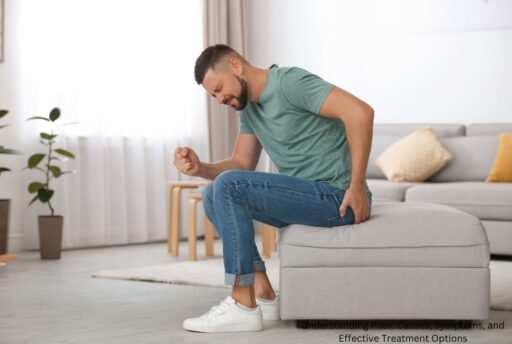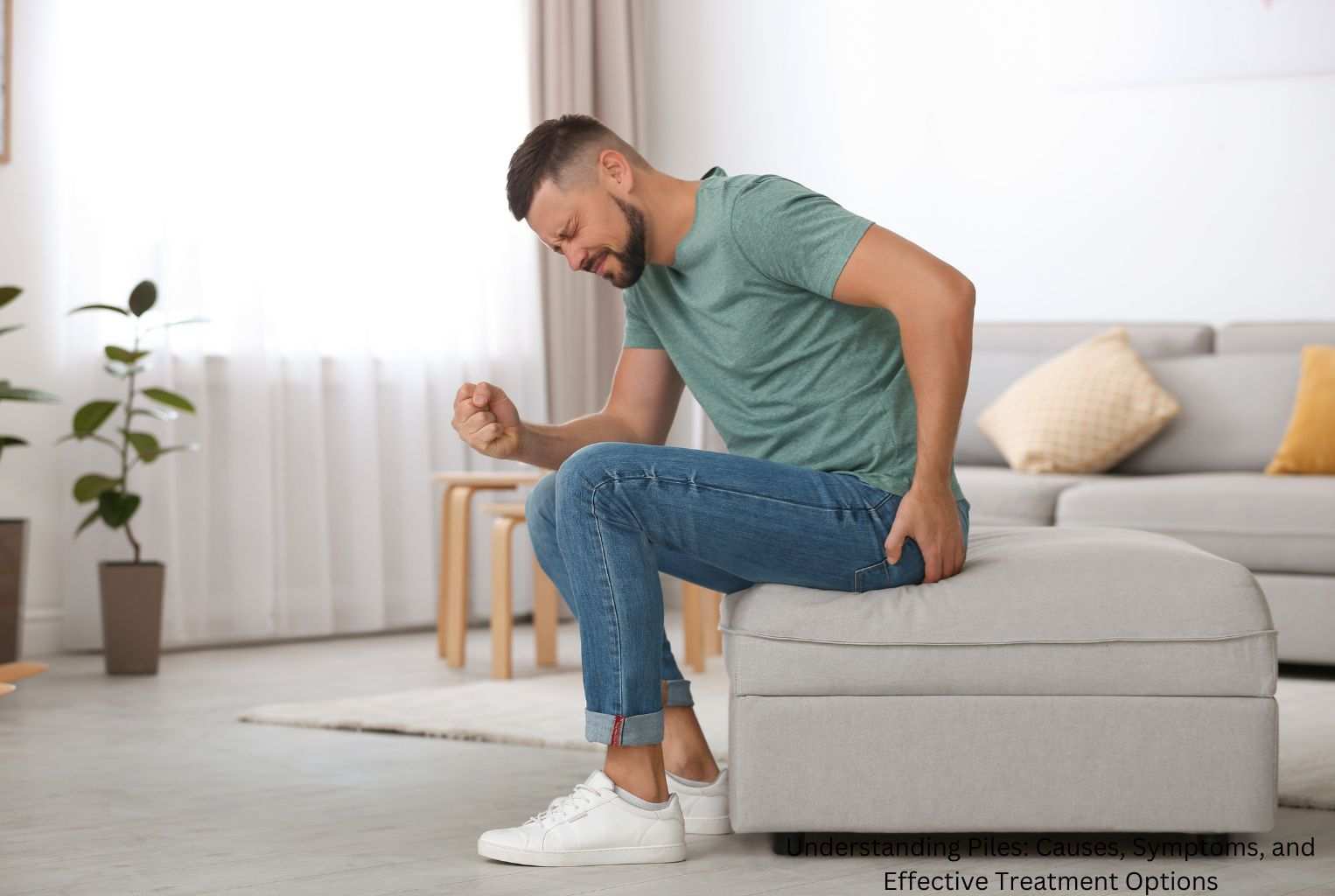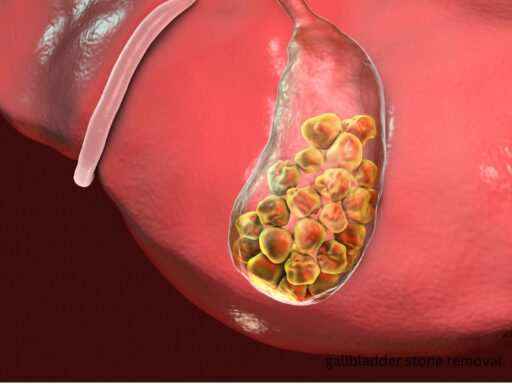Piles, also known as hemorrhoids, are a common condition that affects many people at some point in their lives. While they can be uncomfortable and sometimes painful, understanding piles can help in managing and treating them effectively. In this blog, we’ll explore the causes, symptoms, and various treatment options available for piles.
What Are Piles?
Piles, or hemorrhoids, are swollen veins in the lower part of the rectum and anus. They can cause discomfort, itching, and bleeding, especially during bowel movements. Piles are generally classified into two types:
1. Internal Piles
Internal piles are located inside the rectum and are usually not visible. They are typically painless but can cause bleeding during bowel movements.
2. External Piles
External piles are found under the skin around the anus. They can be painful, especially if a blood clot forms inside the hemorrhoid, leading to a condition known as a thrombosed hemorrhoid.
What Causes Piles?
Understanding piles and their causes can help in preventing them. Several factors can contribute to the development of piles:
1. Straining During Bowel Movements
Straining to pass stool puts extra pressure on the veins in the rectum and anus, leading to piles.
2. Chronic Constipation or Diarrhea
Both chronic constipation and diarrhea can irritate the lining of the rectum and anus, increasing the risk of piles.
3. Pregnancy
During pregnancy, the growing uterus puts pressure on the veins in the rectum and anus, which can lead to piles.
4. Aging
As people age, the tissues that support the veins in the rectum and anus weaken, making them more susceptible to piles.
5. Sitting for Long Periods
Sitting for extended periods, especially on the toilet, can increase pressure on the veins in the anus, leading to piles.
6. Obesity
Excess body weight increases pressure on the pelvic and rectal areas, contributing to the development of piles.
Symptoms of Piles
Recognizing the symptoms is crucial in understanding piles and seeking appropriate treatment. The symptoms can vary depending on the type and severity of the piles.
1. Bleeding
One of the most common symptoms of piles is bleeding during bowel movements. The blood is usually bright red and may be noticed on toilet paper or in the toilet bowl.
2. Pain or Discomfort
External piles can cause pain or discomfort, especially when sitting or during bowel movements.
3. Itching or Irritation
The area around the anus may become itchy or irritated due to the presence of piles.
4. Swelling
A lump or swelling near the anus may indicate the presence of external piles.
5. Mucus Discharge
Some people with piles may experience a mucus discharge from the anus, which can cause discomfort.
6. Feeling of Incomplete Evacuation
Individuals with internal piles may feel as though their bowels are not completely empty after a bowel movement.
Effective Treatment Options for Piles
Understanding piles and the available treatment options is essential for managing the condition effectively. Treatment can range from home remedies to medical procedures, depending on the severity of the piles.
1. Home Remedies for Piles
Many cases of piles can be managed at home with simple lifestyle changes and natural remedies.
A. High-Fiber Diet
Eating a diet rich in fiber can help soften stools and reduce the need for straining during bowel movements. Foods like fruits, vegetables, whole grains, and legumes are excellent sources of fiber.
B. Hydration
Drinking plenty of water helps keep stools soft and reduces the risk of constipation, which can lead to piles.
C. Warm Sitz Baths
Soaking the anal area in warm water for 10-15 minutes several times a day can help reduce pain and inflammation.
D. Over-the-Counter Creams and Ointments
There are various creams, ointments, and suppositories available that can help relieve symptoms like itching and pain.
E. Avoid Straining
Avoiding straining during bowel movements is crucial in preventing the worsening of piles. Responding to the urge to pass stool promptly can help avoid straining.
2. Medical Treatments for Piles
If home remedies are not effective, medical treatments may be necessary. Understanding piles and their treatment options will guide you in choosing the right medical intervention.
A. Rubber Band Ligation
This procedure involves placing a small rubber band around the base of the hemorrhoid to cut off its blood supply, causing it to shrink and eventually fall off.
B. Sclerotherapy
In sclerotherapy, a chemical solution is injected into the hemorrhoid, causing it to shrink.
C. Infrared Coagulation
This treatment uses infrared light to coagulate the blood vessels in the hemorrhoid, causing it to shrink.
D. Hemorrhoidectomy
A hemorrhoidectomy is a surgical procedure to remove large external piles or prolapsed internal piles. It is usually recommended for severe cases.
E. Stapled Hemorrhoidopexy
This surgical procedure involves stapling the hemorrhoid back into place and cutting off its blood supply, causing it to shrink.
3. Preventing Piles
Preventing piles is an important aspect of managing the condition. By making simple lifestyle changes, you can reduce the risk of developing piles.
A. Maintain a Healthy Diet
Eating a balanced diet rich in fiber and staying hydrated can prevent constipation and reduce the risk of piles.
B. Exercise Regularly
Regular physical activity helps maintain healthy bowel movements and prevents constipation.
C. Avoid Prolonged Sitting
Taking breaks to stand up and move around can help reduce pressure on the veins in the rectum and anus.
D. Practice Good Bathroom Habits
Avoid straining during bowel movements and try not to sit on the toilet for extended periods.
When to See a Doctor
While understanding piles and trying home remedies can be helpful, there are times when medical attention is necessary. You should see a doctor if:
- You experience severe pain or bleeding.
- Symptoms persist despite home treatment.
- You notice a lump that does not go away.
Early intervention can prevent complications and ensure effective treatment.
Conclusion
Understanding piles is the first step toward managing this common condition. By recognizing the causes, symptoms, and treatment options, you can take proactive steps to relieve discomfort and prevent future occurrences. Whether through home remedies or medical treatments, there are effective ways to manage piles and improve your quality of life. If symptoms persist, don’t hesitate to consult a healthcare professional for personalized advice and treatment.




